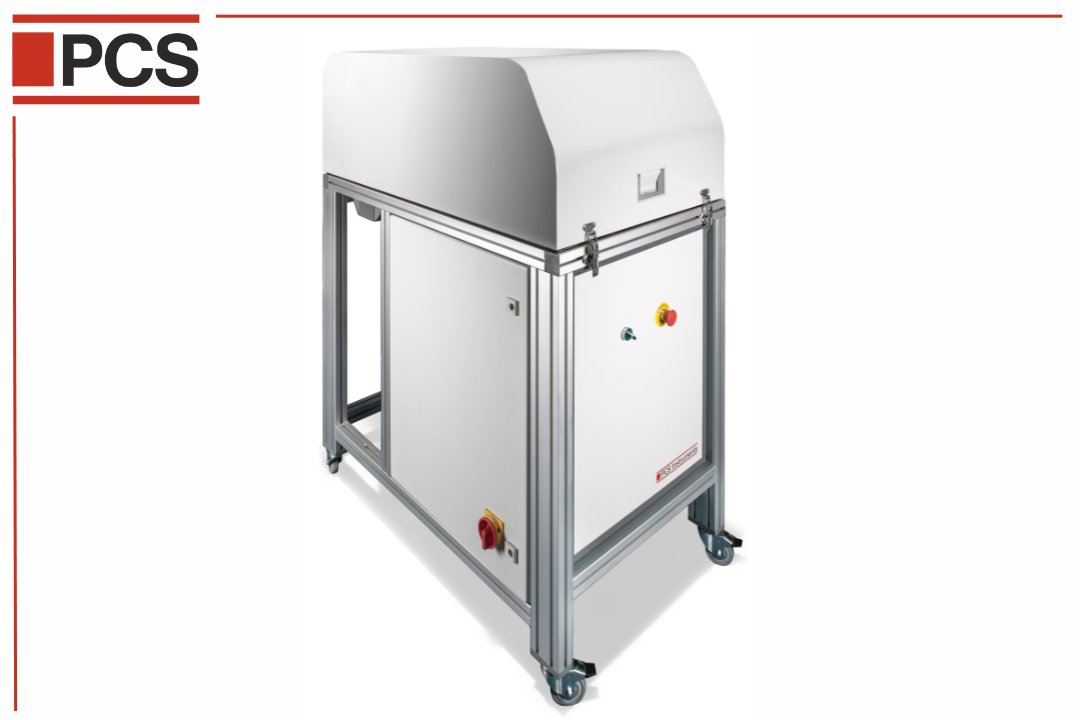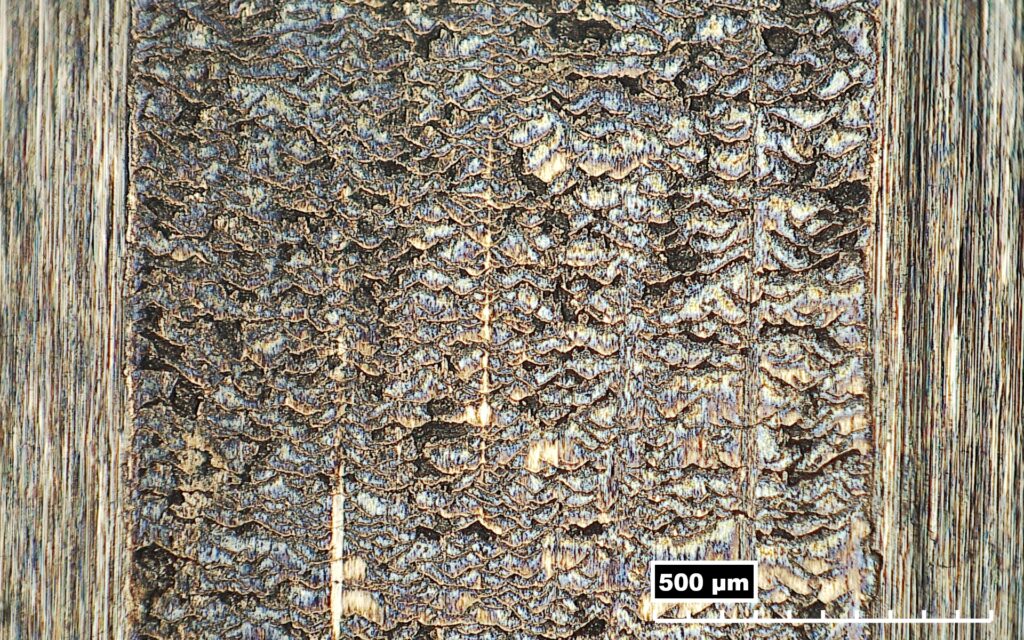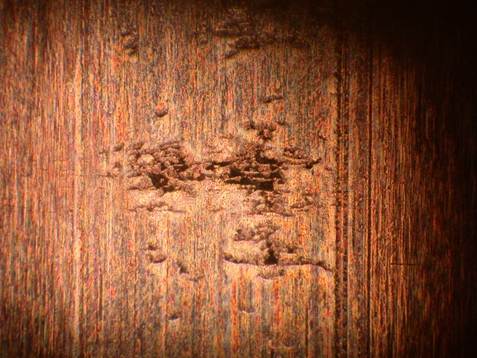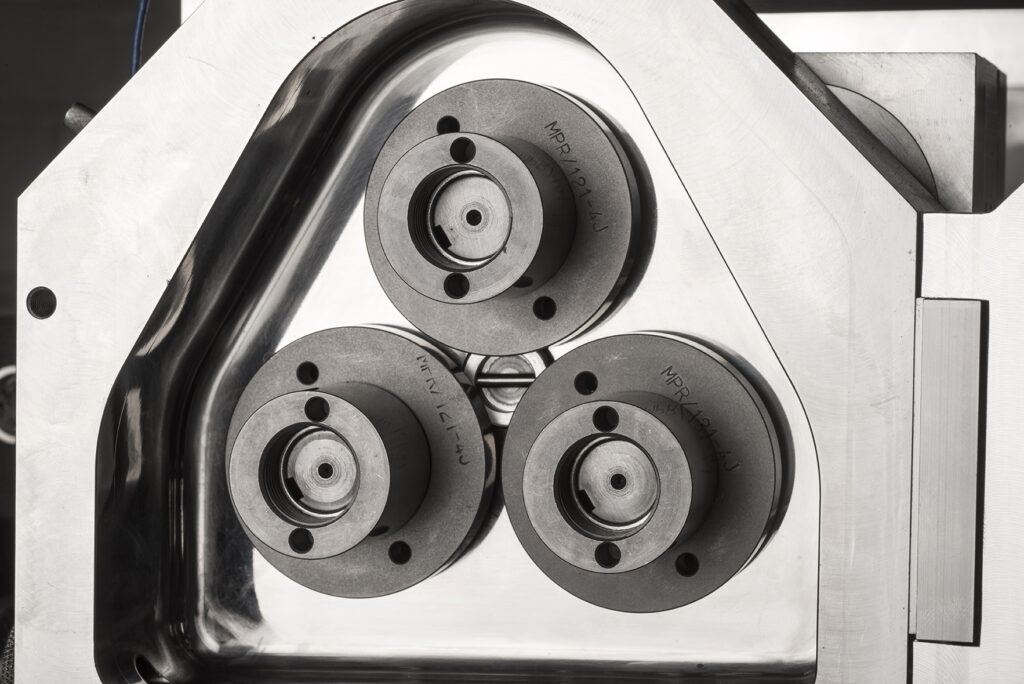Micropitting on the MPR

How can you operate micropitting tests on the PCS Instruments’ MPR to optimise your lubricant formulations, coatings or steels? At PCS Instruments, we understand the critical and fundamental role lubricants play in the longevity and efficiency of mechanical systems. Micropitting (a form of surface-initiated rolling contact fatigue) presents a significant challenge in lubricated rolling-sliding contacts, often leading to premature failures and reduced component life. This literature review explores some of the key research conducted on PCS Instruments’ which has enhanced our understanding of micropitting, shedding light on its impact on lubricants and machine elements. With insights into key factors such as sliding magnitude, surface roughness, and lubricant formulation, we aim to empower lubricant buyers and developers with the knowledge to mitigate micropitting and enhance product performance.

Micropitting is surface initiated rolling contact fatigue on the asperity level occurring in lubricated, rolling-sliding contacts. It manifests itself as small shallow pits and cracks mostly reaching depths within the surface of <10 μm. As the mechanisms behind micropitting formation are dominated by the stresses imposed by the asperities of the contacting surfaces, it is more prevalent when operating conditions are in the mixed lubrication regime. Individually a micropit is not detrimental to the operation, however in severe cases micropitting can form a dense, extensive network of cracks and pits and may be responsible for significant material loss, resulting in premature failures. To the naked eye these types of surfaces end up having a dull or matte appearance which has led it to being referred to as “frosting” or “grey staining”. Alternatively, micropitting can also act as the initiation sites of larger cracks propagating deeper into the subsurface and combining to form macropitting.
The desire to use thinner lubricants in transmissions to improve efficiency, through reducing lubricant churning and shearing losses, comes at a cost to the protection of the contacting surfaces. This can lead to an increase in the number of incidences of failures due to micropitting as it becomes the limiting factor. Guidelines for testing micropitting resistance do exist [1], [2], however the mechanisms behind micropitting are not wholly understood. This is in part due to the large number of compounding factors which influence micropitting which make it difficult to study. They are:
- Sliding magnitude (expressed as the slide-roll ratio SRR).
- Sliding direction (direction of frictional force relative to contact motion i.e., +/-SRR).
- Macro Hertzian contact pressure.
- Film thickness (specific film thickness or Λ ratio).
- Surface Roughness (both height and spatial variations).
- Lubricant formulation (Base oils and in particular additives such as anti-wear and friction modifiers).
- Material (steel composition, hardness, heat treatment, coatings).
Despite this difficulty, there has been much research focusing on developing a greater understanding of this failure mode. Rycerz et al.[3] studied the effects of sliding direction and magnitude on the severity of micropitting damage. They isolated the effect of sliding from other influential factors, as well as accounting for the increase in temperature the additional frictional heating would incur at higher sliding magnitudes. This ensured similar lubricant film thicknesses throughout. They showed that increased sliding leads to a higher level of micropitting damage, with greater damage seen with negative SRRs (where the surface accumulating damage is slower). The level of damage was correlated to the number of asperity micro-cycles experienced while traversing through the contact. Cen et al. [4] showed that under certain conditions increased sliding magnitude can also increase the level of wear observed which can inhibit the formation of cracks and micropits.

Wainwright et al. [5] systematically isolated the effects of the surface roughness from that of the specific film thickness (Λ ratio) whilst keeping other parameters such as temperature and entrainment speed constant. This was achieved through the use of PAOs of different viscosities. They showed that the influence of surface roughness significantly exceeded that of the Λ ratio and that micropitting could still readily occur at moderate specific film thicknesses if the roughness was great enough. Roy et al. [6] showed that the evolution of surface roughness on the damage accumulating surface could correlate well with the level of micropitting. It was demonstrated that the propagation of micropitting was accompanied by a decreasing trend in skewness, and an increasing trend in kurtosis.
Significant research has been conducted on the individual and combined influence of lubricant additives on the severity of micropitting. Anti-wear additives such as ZDDP have been shown to strongly influence micropitting damage through preserving of the counter face roughness and preventing wear from removing cracks on the surface accumulating damage [7], [8], [9].
Friction modifiers have been shown to reduce the level of micropitting damage [10] and have been linked to the reduction of local tensile stresses imposed by asperity interactions [11]. The combination of friction modifiers with anti-wear additives has also received appreciable interest. Soltanahmadi et al. [12] showed that the addition of TDP to a ZDDP containing lubricant could reduce the level of observed micropitting by delaying the onset of the formation of the ZDDP tribofilm. This allowed for a greater mild wear running in period and produced smoother, flatter ZDDP tribofilms.
The use of coatings to improve micropitting performance has been shown to be a viable option. Black oxide coatings when applied to the harder, rougher surface in contact has been shown to significantly lower the level of micropitting [13], [14]. This has been attributed to the increased wearing-in of the counter face owing to the softer nature of the coating. DLC coatings have also shown significant improvement in micropitting resistance to the surface they are applied to [15].

Micropitting is currently still a major cause of concern for the designers of transmissions and lubricants. The many complex interactions of influencing contact parameters make this failure mode difficult to study. However, PCS Instruments’ MPR has been proven to be a useful tool in accelerating micropitting research through its ability to isolate parameters as well as providing repeatable results and offering short testing times due to its triple contact arrangement.
By helping develop a deeper understanding of the factors that influence micropitting, we’re empowering our customers to make informed decisions, making sure their products stand at the forefront of efficiency and reliability. PCS Instruments remains committed to innovation and excellence, guiding our clients towards achieving optimal lubricant performance.
References
[1] ‘Aerospace Recommended Practice ARP699: MPR Micropitting Test Method’, SAE International. May 2023. Accessed: Feb. 21, 2024. [Online]. Available: https://www.sae.org/standards/content/arp6991/
[2] ‘Calculation of load capacity of spur and helical gears – Part 22: Calculation of micropitting load capacity’, ISO/TS 6336-22, 2018.
[3] P. Rycerz and A. Kadiric, ‘The Influence of Slide-Roll Ratio on the Extent of Micropitting Damage in Rolling-Sliding Contacts Pertinent to Gear Applications’, Tribol Lett, vol. 67, p. 63, 2019, doi: 10.1007/s11249-019-1174-7.
[4] H. Cen, A. Morina, and A. Neville, ‘Effect of slide to roll ratio on the micropitting behaviour in rolling-sliding contacts lubricated with ZDDP-containing lubricants’, Tribol Int, vol. 122, pp. 210–217, 2018, doi: 10.1016/j.triboint.2018.02.038.
[5] B. Wainwright, H. Takeuchi, T. Makino, and A. Kadiric, ‘The influence of Λ ratio and surface roughness on the initiation and propagation of micropitting damage’, Wear, 2022.
[6] S. Roy, D. White, and S. Sundararajan, ‘Correlation between evolution of surface roughness parameters and micropitting of carburized steel under boundary lubrication condition’, Surf Coat Technol, vol. 350, pp. 445–452, 2018, doi: 10.1016/j.surfcoat.2018.05.083.
[7] C. Benyajati and A. V. Olver, ‘The effect of a ZnDTP anti-wear additive on micropitting resistance of carburised steel rollers’, AGMA Technical Paper, 04FTM06, Alexandria, VA, Publisher: American Gear Manufacturers Association, pp. 1–10, 2004, Accessed: Nov. 15, 2017. [Online]. Available: http://www.shaft-balancing.com/wp-content/docs/AnDTP_anti-wear-additive-micropitting-resistance.pdf.
[8] E. Lainé, A. V. Olver, and T. A. Beveridge, ‘Effect of lubricants on micropitting and wear’, Tribol Int, vol. 41, no. 11, pp. 1049–1055, 2008, doi: 10.1016/j.triboint.2008.03.016.
[9] V. Brizmer, H. R. Pasaribu, and G. E. Morales-Espejel, ‘Micropitting Performance of Oil Additives in Lubricated Rolling Contacts’, Tribology Transactions, vol. 56, no. 5, pp. 739–748, 2013, doi: 10.1080/10402004.2013.790097.
[10] E. Lainé, A. V. Olver, M. F. Lekstrom, B. A. Shollock, T. A. Beveridge, and D. Y. Hua, ‘The Effect of a Friction Modifier Additive on Micropitting’, Tribology Transactions, vol. 52, pp. 526–533, 2009, doi: 10.1080/10402000902745507.
[11] M. Ueda, B. Wainwright, H. A. Spikes, and A. Kadiric, ‘The effect of friction on micropitting’, Wear, vol. 488–489, 2022.
[12] S. Soltanahmadi, A. Morina, M. C. P. Van Eijk, I. Nedelcu, and A. Neville, ‘Investigation of the effect of a diamine-based friction modifier on micropitting and the properties of tribofilms in rolling-sliding contacts’, J Phys D Appl Phys, vol. 49, no. 50, 2016, doi: 10.1088/0022-3727/49/50/505302.
[13] M. Ueda, H. A. Spikes, and A. Kadiric, ‘Influence of Black Oxide Coating on Micropitting and ZDDP Tribofilm Formation’, Tribology Transactions, pp. 1–21, 2021, doi: 10.1080/10402004.2021.1940407.
[14] V. Brizmer, K. Stadler, M. Van Drogen, B. Han, C. Matta, and E. Piras, ‘The Tribological Performance of Black Oxide Coating in Rolling/Sliding Contacts’, Tribology Transactions, vol. 60, no. 3, pp. 557–574, May 2017, doi: 10.1080/10402004.2016.1186258.
[15] B. Mahmoudi, B. Tury, C. H. Hager, and G. L. Doll, ‘Effects of Black Oxide and a WC/a-C:H Coating on the Micropitting of SAE 52100 Bearing Steel’, Tribol Lett, vol. 58, no. 2, pp. 1–9, Mar. 2015, doi: 10.1007/s11249-015-0494-5.
With expert contribution by Dr Benjamin Wainwright:

To learn more about the instruments used in the research for this literature review, follow the links below: 👇
– MPR
– MTM
To stay updated with the newest industry insights through our articles and news, click here!
